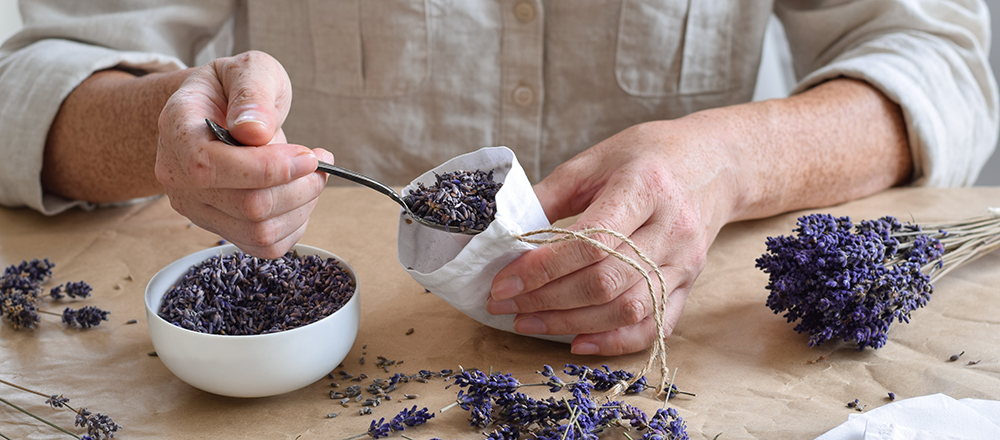What Your Nails Tell You About Your Health
December 13, 2023By: Suzanne Savage
Categories: Your Wellness

Just as knee pain can be a sign of a physical problem, your nails can hold clues to underlying medical conditions. You need not take to the bad habit of nail-biting, but keeping an eye on changes in your fingernails and toenails is a good habit. Learn common nail problems, causes, and when you should consult a primary care doctor or dermatologist.
- Blood under nails: When blood pools under nails, it’s often because of an injury, such as crushing or pinching your finger at the nail. If you have severe pain, treat with the RICE – rest, ice, compression, elevation – method and over-the-counter pain medication as needed. (Note: Do not put ice directly on your nail. Wrap the ice first.) The pain should subside in a few days. You may need to see a doctor, who can relieve any pressure by puncturing a small hole in the nail so blood can drain. If it is not an injury, thin red lines under the nail may be early signs of a more serious condition, called endocarditis. This is an inflammation of the heart’s inner lining, for which you should consult your doctor.
- Brittle or soft nails: This is a wide group of common nail problems, known as onychoschizia. Due to frequent wetting and drying of one’s nails, it’s generally seen in hair stylists and healthcare workers. Too much moisture makes nails soft and too little makes them brittle. Wearing gloves helps reduce or prevent these issues.
- Brown or black lines in nails: As a nail grows, deposits of melanin, a brown-colored pigment, appear as black or brown vertical stripes. They can occur naturally in those of African American descent, followed by other races with dark skin. Called melanonychia, their presence can indicate a range of causes. Those include endocrine disease, infection, injury, medicines and pregnancy, for which you should talk with your doctor.
- Ridges on nails: There are two types of ridges in nails – horizontal and vertical. The latter are usually due to aging and not too concerning. However, they could be brought on by diabetes or a vitamin deficiency. If you have horizontal ridges on more than one nail, called Beau’s lines, you could have a medical issue, such as kidney or thyroid disease. Consult your doctor.
- White spots on nails: For the most part, white spots on nails are from a minor injury. As your nail grows, the spots grow over time until you can clip your nail. If you regularly see white spots that don’t go away, reach out to your primary care doctor, who may treat with an antifungal medication.
- Yellowing of nails: Yellow nails are often caused by a fungal infection and are more common in toenails. If not treated, the worsening infection can thicken the nail. It’s wise to wear comfortable, well-fitting shoes; avoid moisture around your toes and treat them with an antifungal medication.
If you’re concerned about the condition of your nails, contact your primary care doctor or dermatologist for recommend next steps. Connect with a Meritas Health primary care doctor or North Kansas City Hospital dermatologist to find the support you need.



